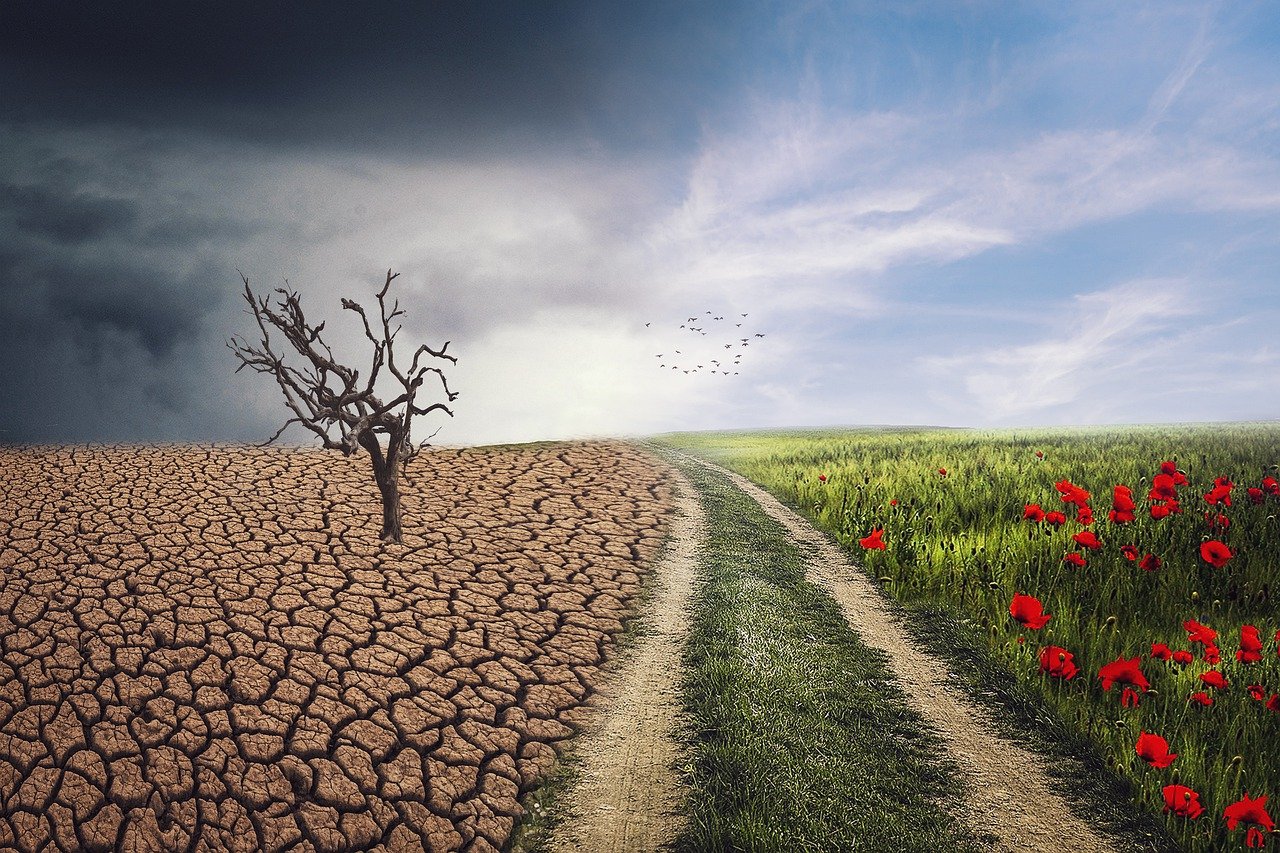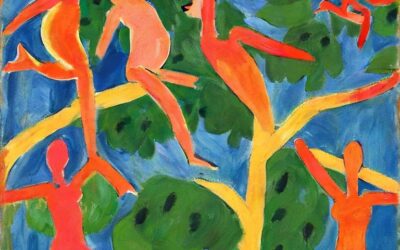Over the years, I’ve attended so many meditation retreats, I’ve lost count. But I’ll never forget the one from which I just returned – the most moving and meaningful of my life.
The fact that this was so impactful is striking. I spend a lot of time decrying the woes of the western meditation machine – an odd stance for a meditation teacher, I know. So I’d like to switch gears today and share this uplifting experience, along with my joy and discovery.
Backdrop 🎞
I was first introduced to Hugh Byrne years ago by my teacher, Tara Brach, but over the past nine months, we’ve developed a relationship…of sorts. As part of a healing project I’ve embarked on, I’ve worked “with” him daily – guided by his offerings on the app Insight Timer. His lilting British accent, hypnotic tone, and gentle guidance crack open my shields-of-the-day and drop me into presence as if he’s casting a spell. This is a man I’ve developed a deep relationship with – unbeknownst to him.
A few weeks ago, I discovered that Hugh was offering an IRL weekend silent meditation retreat, and I jumped on that like I’d found a gold nugget after years of panning. Just two weeks later, I set out for rural Pennsylvania to meet this dear teacher-stranger.
There were many wonderful aspects of this experience, but the two I want to highlight today are lessons for us all: the joy available to us all when we’re able to see the hard-won product of efforts to change and grow and the healing power of gratitude.
Evidence of Change 🎭
I’ve been doing the deepest, most grueling, most healing therapy work of my life. During these past nine months, I’ve lived the life of an older, even grittier Jessica Jones – attempting to resolve decades-old trauma that traditional therapy failed to address. I knew I’d made tremendous progress in terms of facing and working through the core issues. All the pain of the process was a sign, as was the return of my sense of humor and joy.
But had I really changed in material ways? Had I changed in ways that would manifest once the world returned to normal [bracketing the fact that the world will seemingly never return to normal)?
Thanks to my isolation throughout the pandemic, I actually didn’t know.
But now I do.
I have a list of twenty noteworthy changes that were apparent between this and previous retreats. To spare you the litany, I’ll share just one.
As I said, I’ve participated in too many silent meditation retreats to count. But the experience has always been fraught. One of the side-effects of interpersonal trauma is social anxiety and I’ve struggled with this secretly for nearly forever. (I say secretly because my struggle is internal and most people are shocked when they hear this is going on under the hood.)
Silent retreats are the worst for me. In strict fashion, gaze is set to the floor, a few feet ahead, never to land on another’s face or being during a silent retreat. In theory, by declining to speak or even make eye contact, practitioners are able to turn inwards, focusing on their own experience and tuning out that of others. For me, this is a fresh hell. There is no way of ‘reading’ anyone if you can’t so much as look at them. How, then, to assess safety? How to determine if I’m ‘doing it right’ (whatever ‘it’ is and whatever ‘right’ is)? Due to the anxiety, I’ve always struggled with presence on retreat, and left feeling disconnected from my fellows, rather than plugged back into community.
This retreat was novel. I was immediately ‘flooded’ – not by anxiety or other difficult emotions – but by gratitude, connection, and joy. Two days in, I realized that I had exactly zero anxiety. I was as present as I’ve ever been – which is to say that my mind was running around like a sugared-up two-year-old as usual, but I had no inclination toward beating myself up about it.
Anxiety? Gone.
The Healing Power of Gratitude 🙏
Gratitude is such a buzzy, buzzy buzzword these days. (When have you NOT been encouraged to start a gratitude journal?). I’ve kept a gratitude journal for years, with seemingly little success. It often feels more like a chore than a virtue. But this is a story about how all that ‘practice’ comes to fruition and is expressed in real life.
From the moment I entered the meditation hall, I was flooded with gratitude.
My appreciation of this man, who guided me through some of the most turbulent times of the pandemic – a calming presence with me daily – cannot be overstated. This is someone who gently prodded me open to the full range of human experience at a time when all my battered heart wanted to do was shrivel and hide. This thanks-giving I’d expected.
But this tsunami of gratitude was stocked with so much more. Here I was – finally live and in-person – with someone who’s been a disembodied voice for months. The vibration of his energy made the air feel effervescent. The warble of his I’ve-been-teaching-too-much voice. The witnessed choices-in-action (deciding if his blanky should go under his bum for padding or over his knees for warmth). I could go on. This was a real, live human being. Not a recording. Delightful.
I was grateful to him, grateful to be with him live, grateful to all the people and circumstances that made my being here possible.
And then there were the other fishies, swimming around me in this wave. Oh. My. God. Real live people, filling a room with their gorgeous vibes – emitting everything from anxiety to grounded presence. I welcomed it all.
This was my first experience with a large group of people since the pandemic began. How lovely it was to have this first reconnection in sangha, with a group of people committed to personal growth and basic humane principles of living. How safe it felt, given that the rules of the sponsor, IMCW, required vaccination, booster, and a negative PCR. (Deep bow to the organizers for their wisdom and care.) Everything about this felt safe, clean, clear, and inviting.
As I said, there were many other changes that were apparent to me. What was brilliant about this opportunity was that life inadvertently presented me with an apples-to-apples comparison. Here was an activity I’d participated in many times pre-trauma treatment. So, there was no question about the treatment effects.
Change and its Rewards 💰
It can often be difficult to determine if our efforts at personal or professional growth have taken hold. Herein lies this essay’s take-away, and it’s all about strategies for change (not coincidentally, my company moniker).
Turn to the behaviors and activities you engage in repeatedly and observe yourself in these situations over time. For me, there was a clear pre- vs post-treatment assessment to be made: What’s my behavioral and emotional status during a retreat?
What can you use as a before/after assessment when you’re working towards a transformation?
This tactic serves equally well for internal and external changes. For instance, a friend offered me the example of observing herself pitching an investor. Key questions for her:
- How emotional do I get when my pitch is declined?
- How nervous do I get before and during a pitch?
- How do I feel afterward?
A few minutes of reflection can keep you on course or signal the need for a course correction.
Change is terrifying. For whatever crazy reason, I feel impelled to toss myself into the blender repeatedly and with zeal. But even if I choose to actively avoid change, it comes for me, as it comes for us all.
This change that I’ve pursued in the form of trauma therapy has rewarded me. I hope in your attempts to change, you’re greeted – more often than not – with wins that light your heart on fire in just the same way.





0 Comments